By Eric Vandenbroeck and co-workers
Trump's Greenland Bid Stirs Debate in China
About What to Do With Taiwan

Having Covered Taiwan extensively in the past. For years, the U.S. government has urged China
to show "restraint" in pushing its claim on Taiwan and to drop
military threats to bring the democratically governed island under its control.
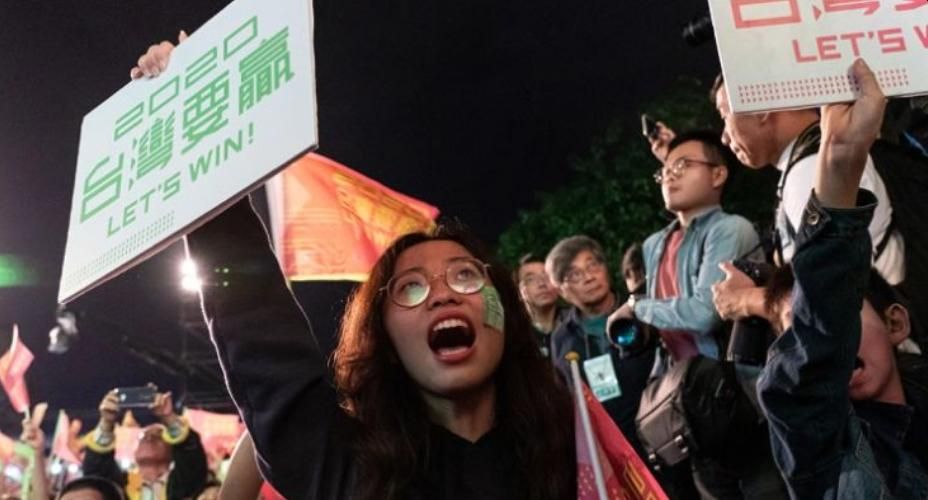
Taiwan was never involved with the Chinese tributary
system; neither were the Chinese to any significant degree living in Taiwan
until the Dutch imported them as laborers. On the contrary, the first emperor
of the Ming dynasty (1368–1644) wrote: "Overseas foreign countries… are
separated from us by mountains and seas and far away in a corner. Their lands
would not produce enough for us to maintain them; their people would not
usefully serve us if incorporated."1 As a result, he said, China
would observe a strict Maritime Prohibition (Haijin 海禁)2,
a policy stipulating that all contact between China and overseas foreigners
must occur in official embassies, known as tribute missions.3 No
unofficial visits were to be tolerated. Nor were the Chinese allowed to sail
abroad except, on tribute missions.
The Ming's reluctance to support overseas adventurers
was not an anti-imperialist stance, as the Ming had an active imperialist
history. The Qing Dynasty, too, restricted foreign trade until the late
seventeenth century.4
Instead, the Dutch, in the 1630s,
realized that their port’s hinterlands could produce rice and sugar for
export. Still, they could not persuade Taiwan’s aborigines to raise crops for
sale; most were content to plant just enough for themselves and their
families.5 The colonists considered importing European settlers, but their
Dutch superiors rejected the idea. So they settled
instead on a more unusual plan: to encourage Chinese immigration. The Dutch
offered tax breaks and free land to Chinese colonists, using their powerful military
to protect pioneers from aboriginal assault. They also outlawed guns;
prohibited gambling (which they believed led to piracy); controlled drinking;
prosecuted smugglers, pirates, and counterfeiters; regulated weights, measures,
and exchange rates; enforced contracts; adjudicated disputes; built hospitals,
churches, and orphanages; and provided policing and civil governance.6 In
this way, the company, created a calculable economic and social environment,
making Taiwan a safe place for the Chinese to move to and invest in, whether
they were poor peasants or wealthy entrepreneurs.7 People from the province of
Fujian, just across the Taiwan Strait, began pouring into the colony, which
grew and prospered, becoming, in essence, a Chinese settlement under Dutch
rule. The colony's revenues were drawn entirely from Chinese settlers through
taxes, tolls, and licenses. As one Dutch governor put it, "The Chinese are
the only bees on Formosa that give honey."8
Taiwan’s relative standing reflected that knowledge
within the Qing government of Taiwan’s geography was so limited that it was not
until the 1870s that serious efforts began to govern most of the terrain.
Similarly, an official handbook for Fujian Province from 1871 presented a vague
description of the location of Diaoyutai – today a hotly contested site that
also often gets the label of “an integral part of Chinese territory since
ancient times” and described it as a place where “over a thousand large ships”
could berth.
These opinions and depictions do not suggest that
Taiwan and its environs rose to the level of integral territory for Qing-era
Chinese. On the contrary, historians have shown that popular and official
discussion of Taiwan as a part of China, and formal efforts to gain control of
Taiwan by the government of the Republic of China (ROC) and its ruling
Nationalist Party, originated in the 1930s and 1940s, within the context of anti-Japanese sentiment and war.
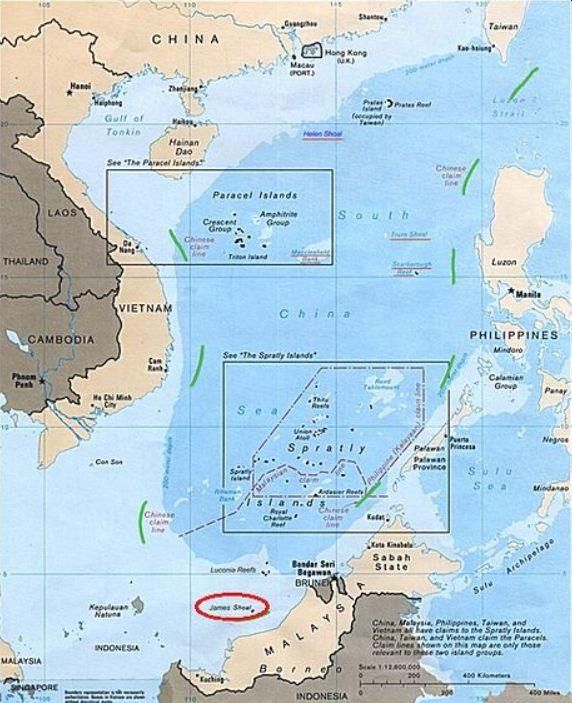
After being chastened by the Ming, the Dutch settled
into a more docile role and were rewarded by the Chinese trade, which flowed to
their Asian outposts.9 When the Ming dynasty was replaced by the Qing dynasty
(1644–1911), the Dutch were the first Westerners to have an embassy in the
imperial court. The Dutch ambassador raised no objections to kowtow. The Dutch
even allied with the Qing, briefly, against the remnants of the Ming dynasty, a
mutual enemy. Hence two more Dutch embassies were received in the court before
1700, each engaging in the standard rituals.10
At the same time, the Dutch ran an Asian court of
their own in their colonial capital of Batavia (present-day Jakarta,
Indonesia). They received delegates from throughout Asia and as far away as
Africa, adopting Southeast and East Asian diplomacy practices and trappings,
such as parasols and parades of elephants. As historian Leonard Blussé has noted, “the Batavian government found its
place among Asian rulers and learned to play by the rules of what it then
observed to be general Asian diplomatic etiquette and protocol. The Dutch
colonizers had to invent ‘oriental’ rituals to stay in tune with existing
conventions for carrying out foreign intercourse at a diplomatic level.”11
Thus
before the 1600s, Taiwan was self-governing, although there was no central
ruling authority. It was a colony of the Netherlands for about 40 years in the
early to mid-17th century and was subsequently independent again for nearly two
decades. After which, not the Han Chinese but the Manchu-led Qing sent an
army led by General Shi Lang and annexed Taiwan in 1683. Qing rule over Taiwan
then ended abruptly when Taiwan was ceded to Japan by the Treaty of Shimonoseki
in 1895. There were more than a hundred rebellions during the Qing period. The
frequency of revolutions, riots, and civil strife in Qing Taiwan led to this
period being referred to by historians as “Every three years an uprising, every
five years a rebellion.”
Now - some Chinese commentators say - the power of
that long-held U.S. message has been undermined by the threats by U.S.
President-elect Donald Trump to take control of Greenland and the Panama Canal,
by force if necessary. Trump takes office on Jan. 20.
The implications of Trump's comments on U.S. policy on
Taiwan have been widely discussed on China's social media platforms in recent
days and by foreign policy analysts.
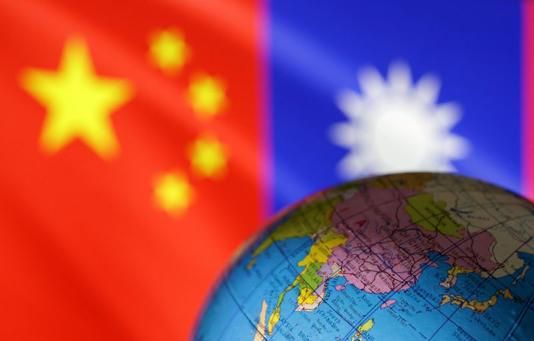
Since China considers
its over 2,000
missiles aimed at Taiwan
insufficient for deterring independence, and its huge market has not made
unification a more favorable prospect for the Taiwanese, China, and the United
States are now locked in a security dilemma where China will increase military coercion
against Taiwan regardless of the nature of the support the U.S. provides to
Taiwan.
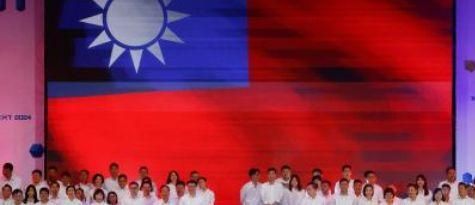
A controversial trade
agreement sparked the "Sunflower Movement" in 2014 where students and activists
occupied Taiwan's parliament protesting against what they call China's growing
influence over Taiwan.
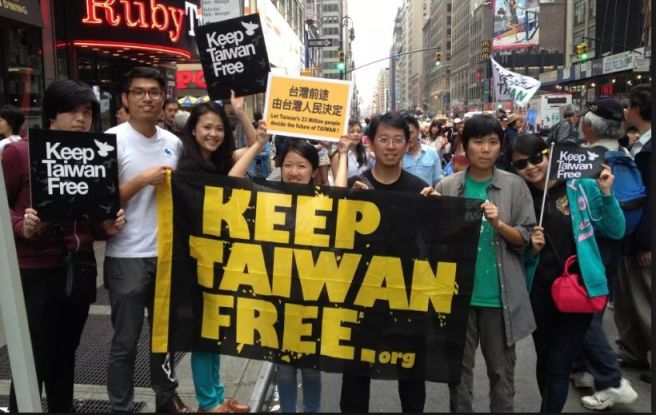
Their activist
opposition to a pending free trade agreement with China attracted broad public
attention and support, helped prompt a change in government in early 2016.
Officially, the Democratic Progressive Party (DPP) still favors
eventual independence for Taiwan, while Chiang Kai-shek’s former KMT favors eventual reunification. Opinion polls show only
a small minority of Taiwanese support pursuing one or the other at the moment, with most preferring to stick with the
current middle ground.
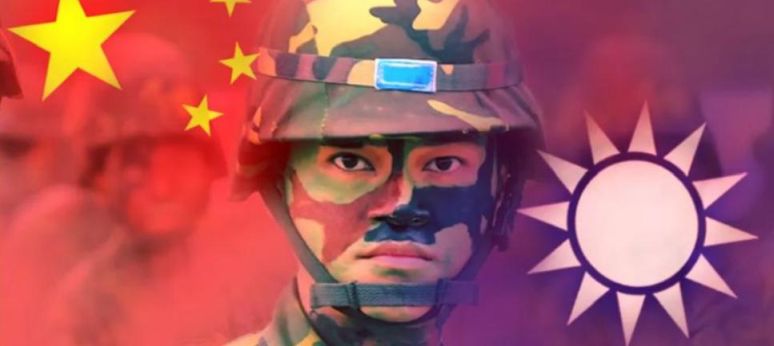
In an earlier speech, President Xi Jinping stressed
the significance of studying Party history that "led the people
to create a new Chinese civilization with a long history.” Here Xi, among others, links the Taiping Rebellion,
the 1898 100 Days Reform, the Boxer Rebellion, and the Xinhai
Revolution as expressions of this desire.
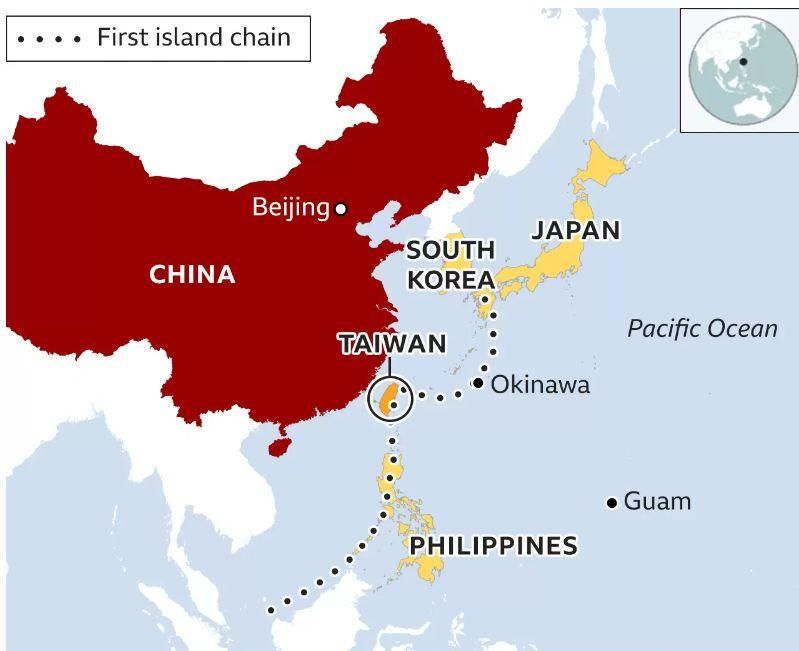
While nothing in the military standoff over Taiwan is
likely to change in the near term, some say Trump's break with the norms of
American diplomacy could create an opening for China.
China's foreign
ministry said it was "absurd" to try and link Greenland's status to
Taiwan.
"The Taiwan issue is an internal Chinese matter,
and how to resolve it is something for the Chinese people," it said in a
statement sent to Reuters.
Taiwan's foreign
ministry, asked whether Trump's comments could provide impetus to China
creating trouble over Taiwan, said that the Republic of China, the island's
official name, is a "sovereign and independent country".
"Any distortion of Taiwan's sovereign status will
not change the status quo in the Taiwan Strait," it said in a statement.
Zhao Minghao, a professor at the Institute of
International Studies at the Fudan University in Shanghai, said Trump's threats
to take Greenland, the Panama Canal, and even Canada needed to be taken
seriously.
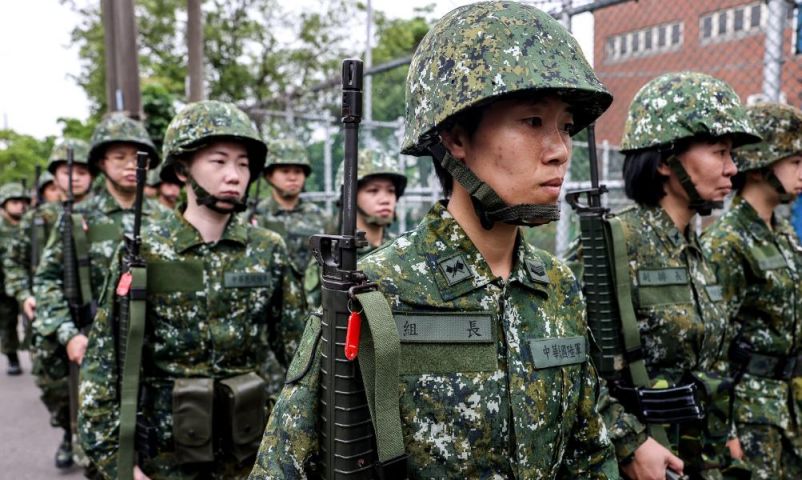
Drew Thompson, a
Senior Fellow at the S. Rajaratnam School of International Studies in Singapore
and former U.S. Department of Defense official, also said it was "quite
preposterous" to think Trump's Greenland comments could embolden China's
claims on Taiwan.
"But it does
strike me that should President Trump refuse to...rule out the use of military
force to achieve and protect U.S. interests, I would think that type of
statement and determination would serve to further deter Beijing to take any
action that would prompt the U.S. to take military action to protect
Taiwan," he said.
"That's a pretty mighty deterrent for
China."
1. Quoted in Chang Pin-tsun,
"Chinese Maritime Trade: The Case of Sixteenth-Century Fu-Chien"
(Ph.D. diss., Princeton University, 1983), 14.
2. For a detailed look at the intention of the maritime prohibition and its rules, see Bodo Wiethoff,
Die chinesische Seeverbotspolitik und der private Überseehandel von 1368 bis
1567 (Hamburg: Gesellschaft für Natur- und Völkerkunde Ostasiens, 1963), esp. 27–50.
3. Much ink has been spilled on the question of the
Ming tribute system. An excellent early work is Wang Gung-wu's "Early
Ming Relations with Southeast Asia: A Background Essay," in The Chinese
World Order, ed. John K. Fairbank (Cambridge: Harvard University Press, 1968),
34–62. See the essays in The Ming Dynasty, 1368–1644, Part 1, ed. Frederick W.
Mote and Denis Twitchett, vol. 7 of The
Cambridge History of China, ed. Denis Twitchett and
John K. Fairbank (New York: Cambridge University Press, 1988); and William
Atwell, "Ming China and the Emerging World Economy, c. 1470–1650," in
The Ming Dynasty, 1368–1644, Part 2, ed. Frederick W. Mote and Denis Twitchett, vol. 8 of The Cambridge History of China,
376–416. I have found especially useful Chang Pin-tsun's "Chinese
Maritime Trade: The Case of Sixteenth-Century Fu-Chien"; and
Bodo Wiethoff Die chinesische Seeverbotspolitik. J. K. Fairbank and S. Y. Teng's classic
work on the Qing tribute system also contains essential information about the
Ming system: J. K. Fairbank and S.Y. Teng, "On the Ch'ing Tributary
System," Harvard Journal of Asiatic Studies 6, no. 2 (1941): 135–246. An
interesting article about overseas Chinese who accompanied tribute missions to
China is Chan Hok-Lam, "The ‘Chinese Barbarian Officials' in the
Foreign Tributary Missions to China during the Ming Dynasty," Journal of
the American Oriental Society 88, no. 3 (1968): 411–18. For an argument about
the effects of these prohibitions on southeastern China's economy, see William
G. Skinner, "Presidential Address: The Structure of Chinese History,"
The Journal of Asian Studies 44, no. 2 (1985): 271–92. Skinner perhaps
overemphasizes the role of Portuguese traders in reinvigorating the region's
trade.
4. The Qing decision to open the seas came in 1683,
after the capture of Taiwan from the Zheng regime. It was a momentous policy,
causing changes throughout East and Southeast Asia.
5. This appears to have been less accurate of cultures
in the far south of Taiwan and the northeast, around today's Yilan (宜蘭), where
sizeable rice surpluses were produced.
6. An overview of the legal and administrative
structure of the Dutch colony can be found in a brilliant article by a young
Taiwanese scholar: Cheng Wei-chung 鄭維中.
“Lüe lun Helan shidai Taiwan fazhi shi yu shehui zhixu” 略論荷蘭時代台灣法制史與社會秩序, Taiwan Fengwu 臺灣風物,
52(1) [2002]: 11–40. See also C. C. de Reus, "Geschichtlicher
Überblick der rechtlichen Entwicklung der Niederl. Ostind.
Compagnie,"
in Verhandelingen van het Bataviaasch Genootschap der Kunsten en Wetenschappen (Batavia:
Egbert Heemen, 1894).
7. The concept of "calculability" is at the
heart of Max Weber's important work General Economic History, trans. Frank H.
Knight (New York: Greenberg, 1927). The much-discussed Protestant Ethic is only
a minor part of Weber's general theory of capitalism, which focuses on
institutions and practices that impede or foster calculability.
8. Governor Nicolaes Verburch to
Batavia, letter, VOC 1172: 466–91, quote at 472; cited in De Dagregisters van het Kasteel Zeelandia, Taiwan, 1629–1662 [The journals of Zeelandia Castle, Taiwan, 1629–1662], ed.
Leonard Blussé, Nathalie Everts, W.
E. Milde, and Ts'ao Yung-ho, 4 vols.
(The Hague: Instituut voor Nederlandse Geschiedenis,
1986–2001), 3:96–97.
9. Leonard Blussé,
“No Boats to China. The Dutch East India Company and the Changing Pattern of
the China Sea Trade, 1635–1690,” Modern Asian Studies 30 (1) (1996): 51–76;
Leonard Blussé, “Chinese Trade to Batavia during
the days of the V.O.C,” Archipel 18 (1979):
195–213.
10. Young-tsu Wong,
China's Conquest of Taiwan in the Seventeenth Century: Victory at Full
Moon, 2017, pp. 111–113.
11. Leonard Blussé,
“Queen among Kings: Diplomatic Ritual at Batavia,” in K. Grijns and P.J.M. Nas, eds., Jakarta-Batavia:
Socio-Cultural Essays (Leiden: KITLV Press, 2000), 25–41, p. 27.
For updates click hompage here